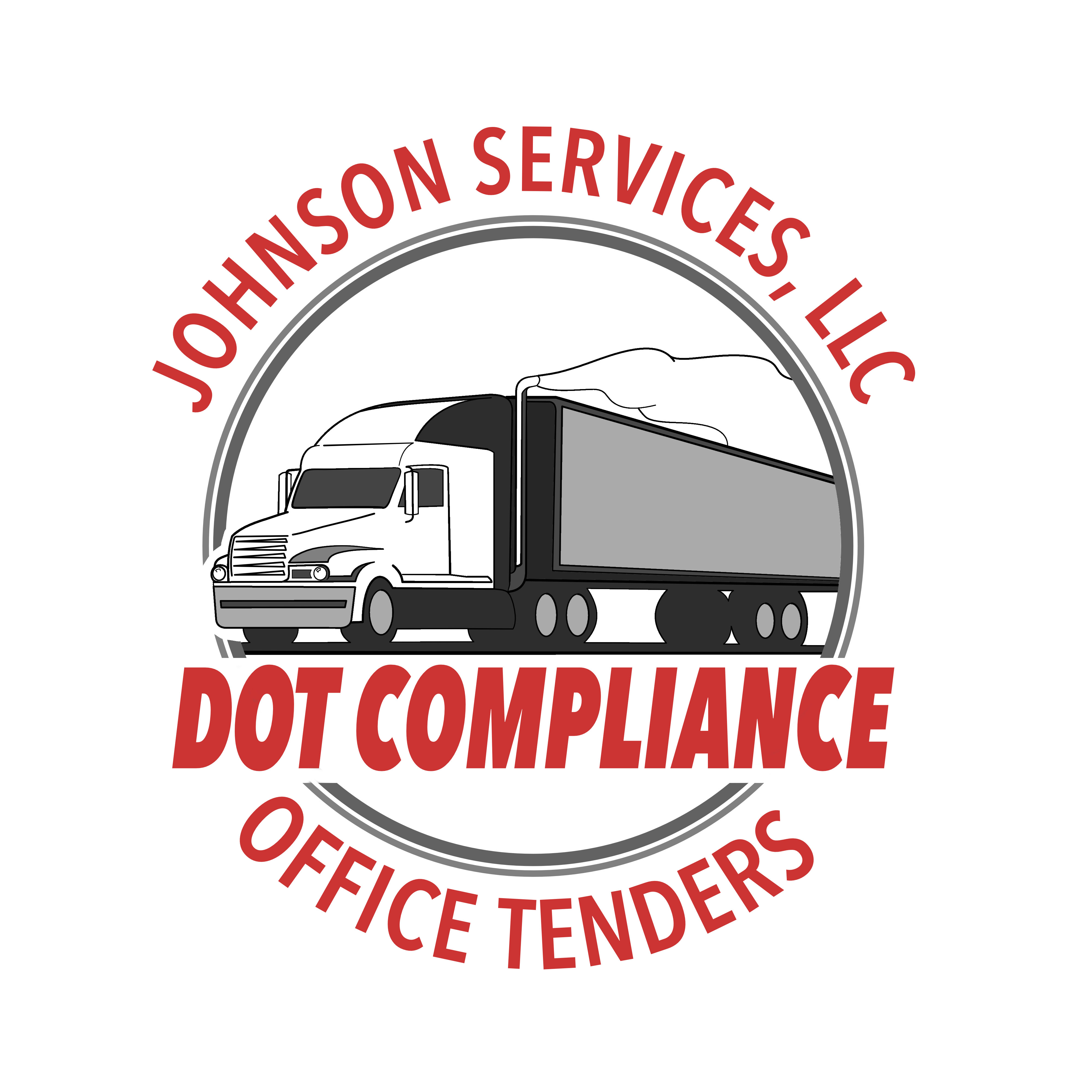Why You Need to Report Hazardous Materials Spills
When you, or drivers employed by your business, are transporting hazardous materials, there is a long list of regulations to follow, including the proper labeling of the material, safety ratings, driver fitness tests, and filling out shipping papers.
Accidents Can Happen to Anyone
While taking precautions, such as securing cargo containing hazardous materials, and following safety regulations and traffic laws can limit the chances of an accident occurring, there is always the risk that an unforeseen problem could happen.
If a truck transporting hazardous materials gets into an accident and any of the materials spill or leak, a specific set of procedures must be followed. This is not only for the safety of the driver and the public, it is necessary to avoid large fines and the possible restrictions of permits allowing you to transport hazardous materials.
Reporting a Hazardous Materials Spill
As soon as an accident occurs that involves the spilling or release of hazardous materials, the driver involved should contact the National Response Center (NRC) and possibly the PHMSA.
An incident report can be completed over the phone, within 12 hours of the incident. This form can also be submitted online, through the NRC website. Additional forms or reports may be required, depending on specific situations. In some cases, a written report must be filed within 30 days of the incident.
After reporting the spill, the NRC can send out a Hazmat team to deal with the problem. It is critical that incidents are reported quickly, so that a qualified team can be sent to clean up the spill as soon as possible.
Failure to comply with these regulations may result in penalties and fines, even if the driver is not at fault for the spill. There are major responsibilities that come with transporting hazardous materials.
Review the list of hazardous materials to determine whether you need to contact the NRC, the PHMSA, or both. Certain types of Hazmat incidents need to be reported to both groups, while others only require that one agency is notified.
Emergency Response to Hazardous Materials Spills
After reporting the incident, an emergency service, possibly including first responders, will take steps to clean up the spillage. The first task performed is identifying the materials involved.
If proper shipping papers are filed, then first responders should not have any problem categorizing the material and deciding how to deal with the cleanup. They will then follow regulations for protecting themselves and the general public from any threat that the hazardous materials may pose.
If you ensure that your drivers are fully aware of all the regulations that must be followed for securing and transporting hazardous materials, you will be prepared to deal with the rare occurrence of a hazardous materials spill.
Review all the requirements provided by the FMCSA and the PHMSA (Pipeline and Hazardous Materials Safety Administration). Stay up to date about the latest regulations regarding transporting hazardous materials and properly reporting spills.
If you require assistance with filing your hazardous materials shipping papers, filling out incident reports, or any other required forms, contact the professionals at Office Tenders.

